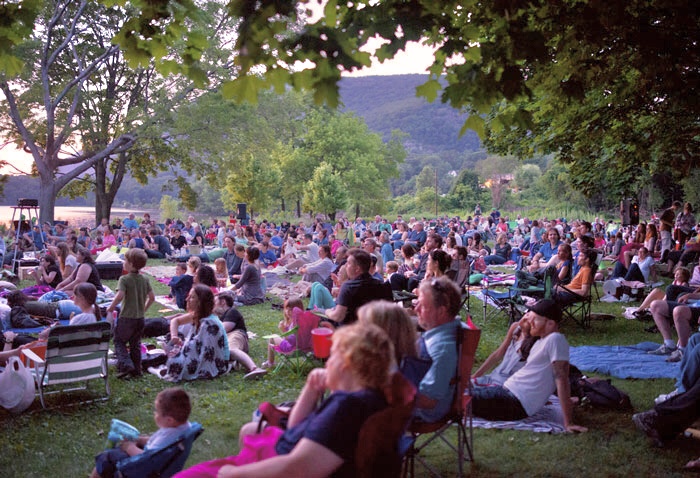Brian Welk reports on IndieWire that From Film Funding to Distribution, This Partnership Gives You Control: ‘Anyone Can Do This’.
The partnership in question is between Seed&Spark and Kinema.
Unlike other crowdfunding platforms Seed&Spark is purpose-built for film & TV projects. They have a phenomenal 82% success rate.
“Kinema is a tech platform that enables non-theatrical exhibition — what you may call grassroots screening tours — of films in person and online. We make it easy and rewarding for anyone, anywhere to organize moving showings and share in the proceeds.”
Brian states:
“Those who fund programs on Seed&Spark get a dedicated Kinema account manager and custom distribution consultations. Fees are waived for filmmakers with over 500 followers or over 1,000 campaign backers.”
But hey, if you want to DIY, at least check out their free online resource The Distribution Playbook.
My take: well worth further investigation!


